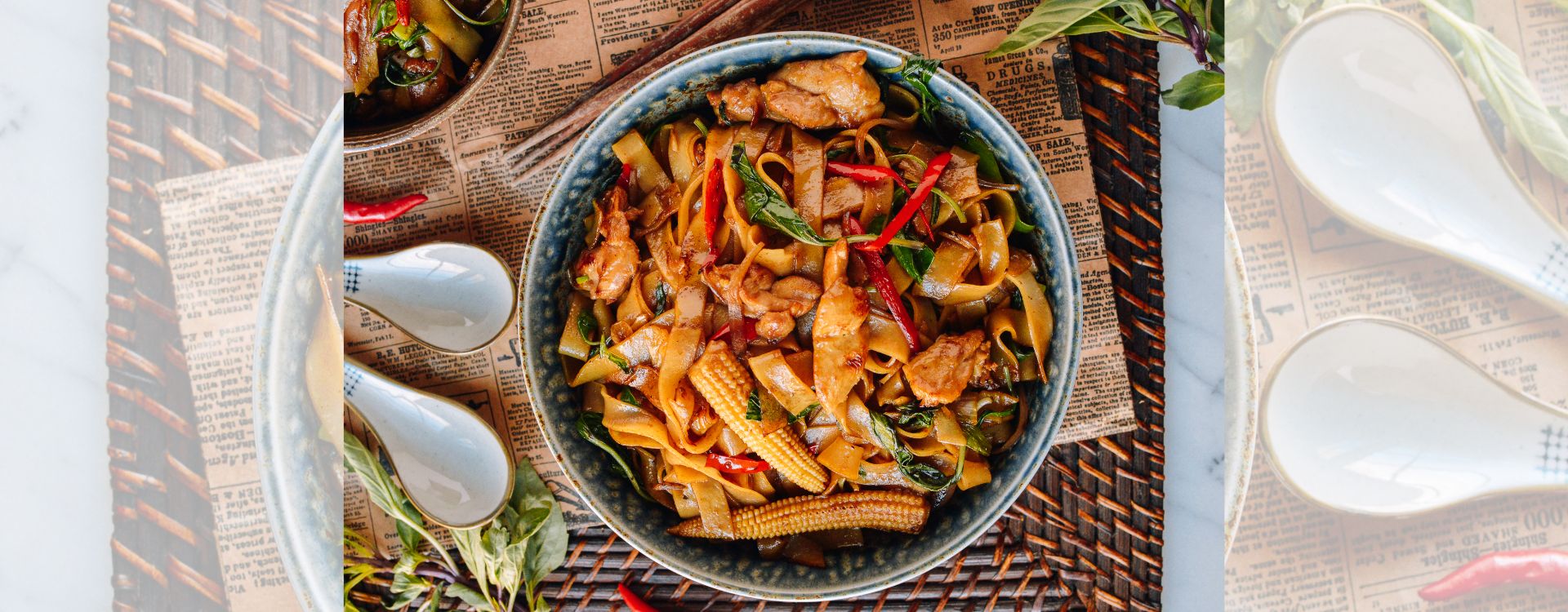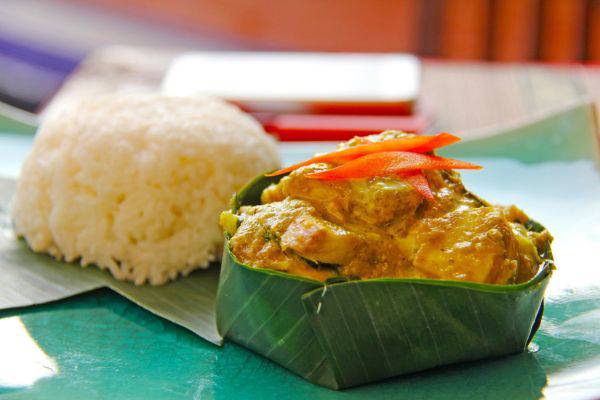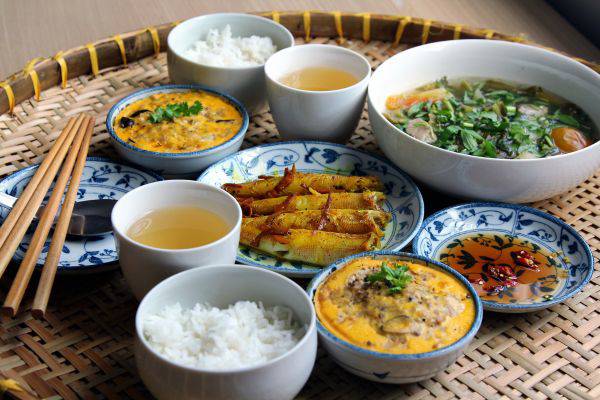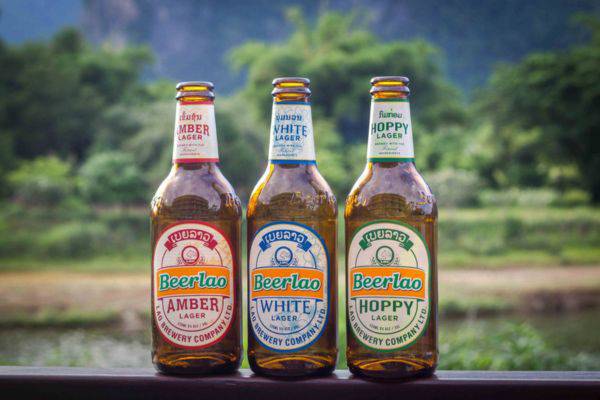Thailand Drunken Noodles: The Ultimate Guide to This Flavorful Thai Dish
Thailand is a country renowned for its bold and vibrant cuisine, a tantalizing mix of sweet, salty, spicy, and sour flavors. Among its many iconic dishes, drunken noodles (Pad Kee Mao) stands out as a favorite for both locals and tourists. This savory stir-fried noodle dish is full of rich flavors, colorful vegetables, and your choice of protein - served with a perfect balance of spices that capture the essence of Thai cuisine. If you’re wondering what makes Thailand drunken noodles so unique and how to prepare them yourself, read on for everything you need to know.
1. The Origins and Story Behind Drunken Noodles
Historical Background of Drunken Noodles
The story of drunken noodles or Pad Kee Mao goes back to traditional Thai street food culture. While its precise origins remain a bit unclear, the dish is believed to have been created during Thailand's economic boom in the late 20th century. It quickly gained popularity due to its hearty flavors, affordability, and simplicity. Unlike some other Thai dishes with royal origins, drunken noodles are a product of local innovation.
Why Is It Called "Drunken"?
The name “drunken noodles” is a bit misleading as the dish doesn't contain alcohol (although some variations might include a splash of rice wine or beer). The term "drunken" refers to the bold, strong flavors in the dish that are said to pair perfectly with a cold beer or other alcoholic drinks. The spice level in Pad Kee Mao can make you feel "drunk" on the intense flavors, hence the name. It's also believed that the dish is a popular late-night snack for people recovering from a night of drinking, which further justifies its name.
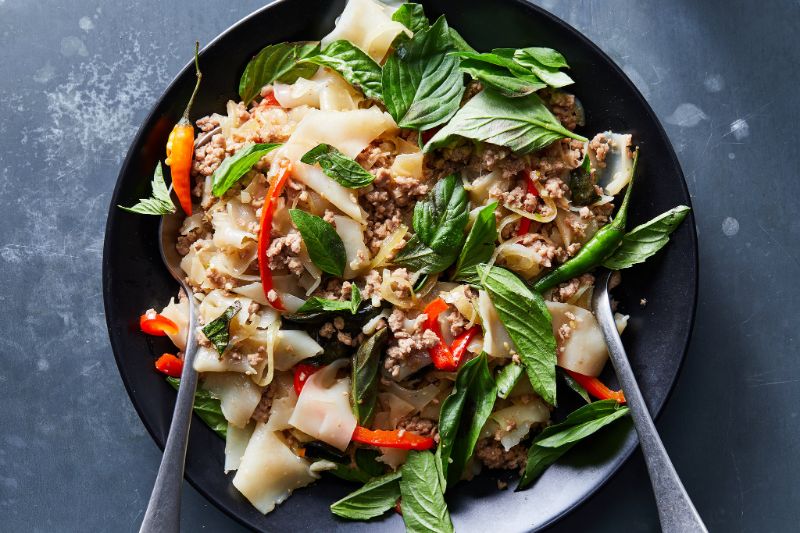
2. Key Ingredients in Thailand Drunken Noodles
One of the things that make Thailand drunken noodles so delicious is the variety of fresh ingredients that come together in perfect harmony. Let’s take a look at the essential components of this dish:
Rice Noodles (Sen Yai)
The base of drunken noodles is Sen Yai, which are wide rice noodles that soak up the stir-fried sauce and spices. These noodles have a chewy, satisfying texture that pairs perfectly with the sauce and other ingredients.
Meat Choices
The protein options for drunken noodles are incredibly versatile. You can choose from:
- Chicken
- Beef
- Pork
- Shrimp
- Tofu (for a vegetarian option)
Each of these meats provides a different flavor profile, but they all absorb the stir-fried sauce beautifully, making the dish irresistible.
Vegetables and Aromatics
The dish is typically packed with fresh vegetables such as:
- Basil: Thai basil is essential for that authentic flavor.
- Chilies: For heat, but the level of spiciness can be adjusted to suit your preference.
- Bell Peppers: Adds a touch of sweetness and crunch.
- Onions and Garlic: These give a deep aromatic base to the stir fry.
Key Sauces and Spices
The combination of soy sauce, fish sauce, oyster sauce, and sugar creates a deep umami flavor that defines drunken noodles. Thai bird's eye chilies provide the heat, while a dash of rice vinegar balances the flavor with a touch of acidity.
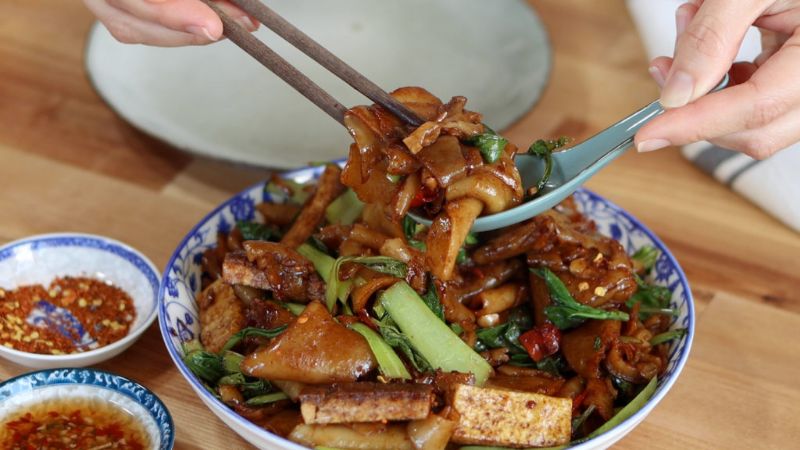
3. How to Make Authentic Thailand Drunken Noodles at Home
Making Pad Kee Mao at home is surprisingly easy. Here’s a simple recipe to try out:
Step-by-Step Recipe
Ingredients:
- 200g rice noodles (Sen Yai)
- 100g chicken breast or beef (thinly sliced)
- 2 tbsp soy sauce
- 1 tbsp fish sauce
- 1 tbsp oyster sauce
- 1 tbsp sugar
- 1 tsp rice vinegar
- 1 tbsp vegetable oil
- 2 cloves garlic (minced)
- 1 small onion (sliced)
- 1 bell pepper (sliced)
- 1-2 bird’s eye chilies (adjust to heat preference)
- 1/2 cup Thai basil leaves
Instructions:
- Cook the rice noodles according to package instructions, then set aside.
- In a large pan or wok, heat oil over medium-high heat. Add garlic, onion, and chilies, stir-fry until fragrant.
- Add your choice of protein and cook until browned and cooked through.
- Add the bell peppers and stir-fry for another 2 minutes.
- Stir in the cooked rice noodles, soy sauce, fish sauce, oyster sauce, sugar, and rice vinegar. Toss to combine.
- Add the Thai basil leaves and stir until they wilt and blend into the noodles.
- Serve hot with extra basil and chilies on top for garnish.
Tips for Perfect Drunken Noodles
- Use fresh, high-quality ingredients for the best flavor.
- Adjust the spice level by adding more or fewer chilies depending on your preference.
- Don’t overcook the vegetables; they should retain their crunch to add texture to the dish.
4. Where to Find the Best Drunken Noodles in Thailand
While making drunken noodles at home is easy and rewarding, there’s nothing quite like experiencing the dish in Thailand itself. Here are some of the best places to try this delicious dish:
Popular Street Food Stalls in Bangkok and Chiang Mai
Thailand is known for its vibrant street food culture, and Pad Kee Mao is commonly found at street vendors across the country. In Bangkok, head to the bustling Sukhumvit area or Chinatown for some of the best drunken noodles. In Chiang Mai, visit the Saturday Night Market for a taste of local street food.
Restaurants Specializing in Drunken Noodles
For a more refined experience, several restaurants in Thailand specialize in serving authentic Thai stir-fries, including drunken noodles. Raan Jay Fai in Bangkok, famous for its Michelin-starred street food, serves a delicious version of the dish.

5. Health Benefits and Nutritional Information of Drunken Noodles
While Thailand drunken noodles are often considered comfort food, they do offer some health benefits. Here’s a breakdown:
Nutritional overview
- Carbs: Rice noodles are a great source of energy and carbohydrates.
- Protein: Depending on the choice of meat (chicken, beef, or tofu), Pad Kee Mao is rich in protein, which is essential for muscle repair and overall health.
- Vitamins: The dish includes vegetables like bell peppers and basil, which are rich in vitamins A and C, crucial for immune function.
Health considerations
- Chilies: The spiciness from bird’s eye chilies helps boost metabolism and may promote digestive health.
- Basil: Thai basil has anti-inflammatory properties and is known to have numerous health benefits, including reducing stress and improving digestion.
Thailand drunken noodles (Pad Kee Mao) are not just a dish; they are a celebration of Thai flavors and culinary creativity. Whether you’re exploring the streets of Thailand or trying it from the comfort of your home, this dish offers an unforgettable taste of Southeast Asia. Its rich, spicy, and aromatic flavors make it a must-try for anyone visiting Thailand or looking to experience authentic Thai cuisine.
Next time you're in Thailand or at a Thai restaurant, make sure to order Pad Kee Mao - and if you're at home, try out the recipe for yourself. It’s an experience you won’t regret.




 English
English
 French
French
 Italian
Italian



